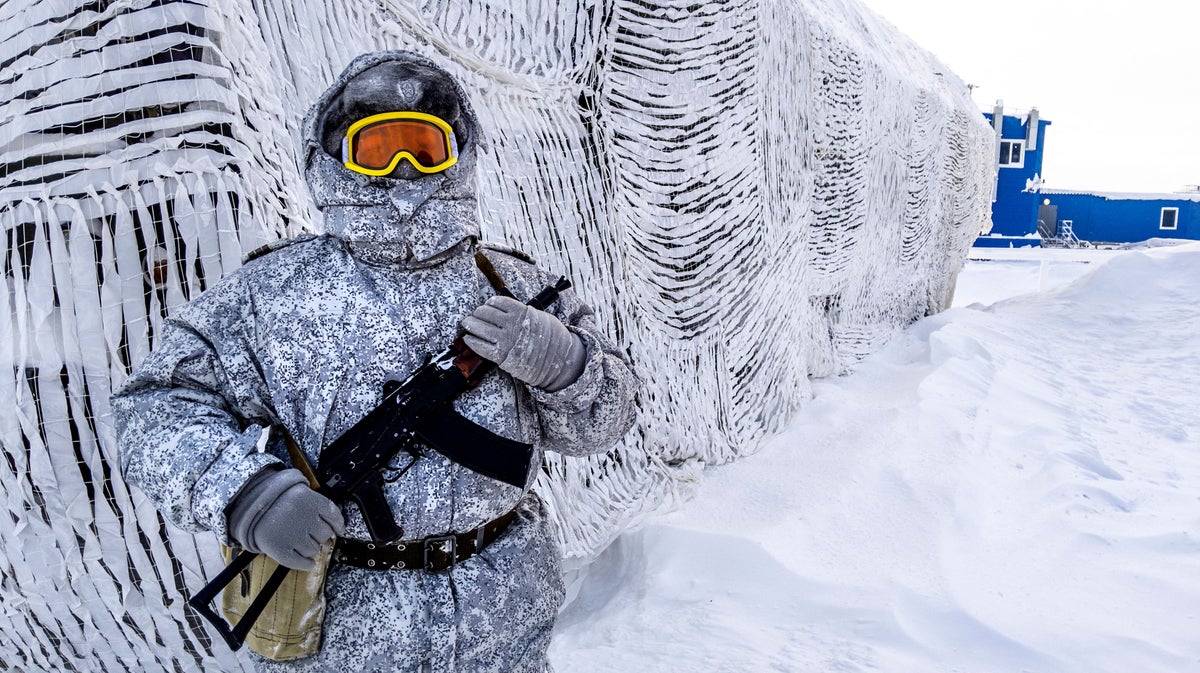'Teaming up' might be a stretch...
Are Russia and China Teaming Up to Control the Arctic?
Worried Pentagon officials are resetting U.S. Arctic policy and training in response to China and Russia’s plans
More aggressive posturing by Russia and China in the fast-melting Arctic is raising red flags for the Pentagon.
Russia is working to quickly flex its muscle in the region through a
partnership with China to build infrastructure along the Northern Sea Route, one of two major shipping lanes across the Arctic. That agreement, announced exactly a year after Russia invaded Ukraine, was viewed by experts as a signal that Russia and China increasingly share economic interests in the icy polar region.
Then in August, a fleet of 11 Russian and Chinese warships sailed from the Sea of Japan through the Bering Strait into the Pacific Ocean, passing close to the U.S.-held Aleutian Islands off the Alaskan coast. The Russian news agency Interfax said the ships were conducting "joint anti-submarine and anti-aircraft exercises."
“Russia has a heavy emphasis on the Arctic, and over half of it is in Russian territory,” Iris Ferguson, deputy assistant secretary of Defense for Arctic and global resilience, said in an interview with E&E News. “I don’t want to suggest they don’t have a place there. But we are concerned about increasing levels of investment in Arctic military capabilities."
Those realities require a reset of U.S. Defense Department policies in the Arctic region, including “changes in how we’re training and equipping [U.S. forces] and rethinking the kinds of operations we need to have there,” Ferguson said. Elements of those changes will be laid out in DOD's Arctic strategy, expected to be released this month.
The document will replace a 2019
version released three years before Russia invaded Ukraine, effectively alienating itself from seven partner Arctic nations: the United States, Canada, Norway, Sweden, Finland, Denmark and Iceland. Experts noted China does not have territory in the Arctic but seeks access and influence in the region, something it hopes to advance through its Russian alliance.
Worried Pentagon officials are resetting U.S. Arctic policy and training in response to China and Russia’s plans

www.scientificamerican.com







